The Endion Depot in Duluth, Minnesota, was moved to Canal Park in 1986 to make way for the expansion of I-35 through town. It was initially located just steps from the lakes at Fifteenth Avenue E and South Street, east of its present location.
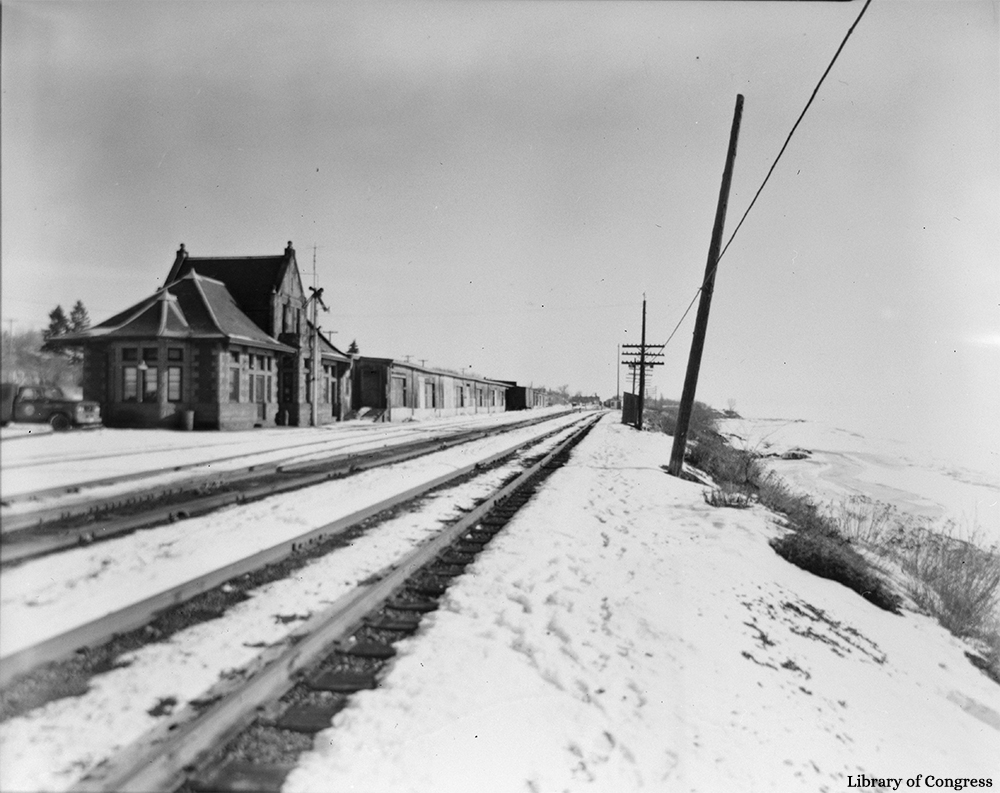
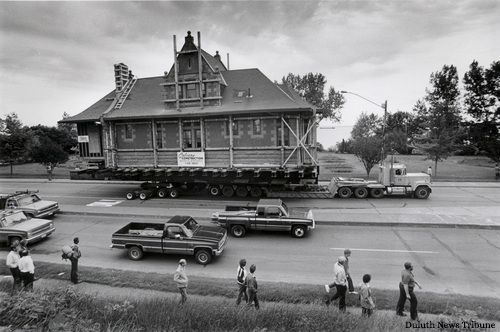
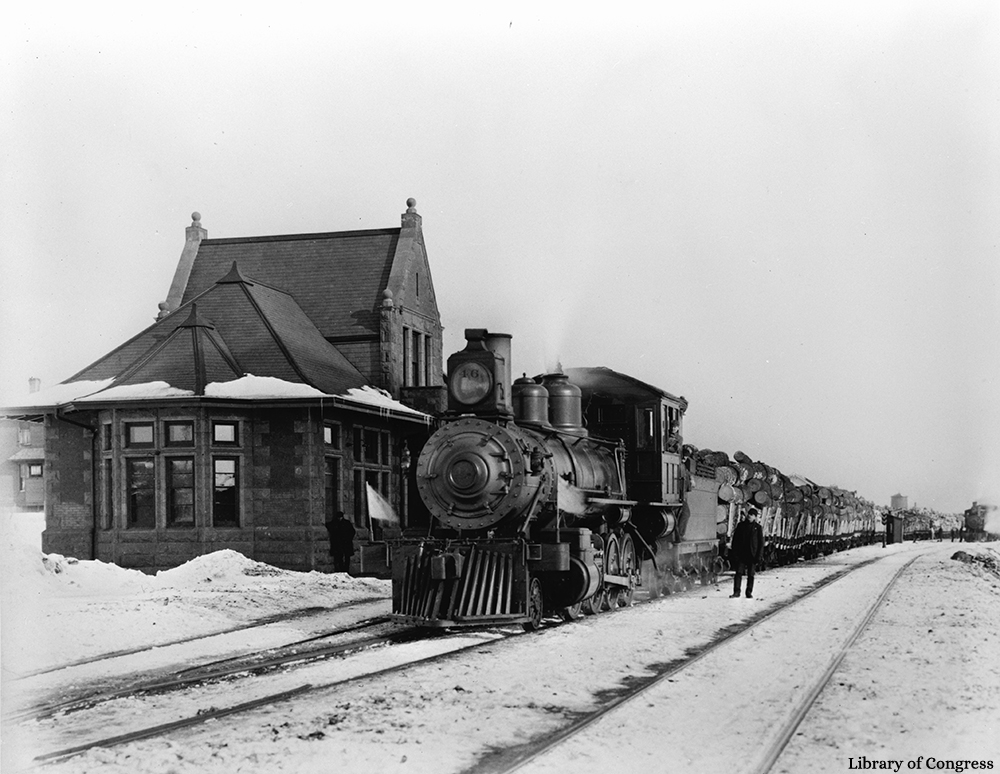
Early Days
Endion Depot was designed by up-and-coming architect I. Vernon Hill of the Tenbusch and Hill firm in 1899. Hill also designed the George and Charlotte Crosby house on Superior Street and many other distinguished homes for well-heeled clients in the city. Sadly, his career was cut short as he struggled with illness in his late-20s. Hill died from pneumonia in 1904 at the age of 31.
The building cost around $10,000 to build. Kettle River sandstone and red brick was used on the exterior and slate tiles covered the roof. Inside, the depot included two main areas, a large passenger waiting room, lounge, and an office for the station master. A long freight shed was added to the building’s northern end.
The Duluth, Missabe, and Iron Range Railroad line served both passenger and freight traffic. Endion was the second stop on the line heading out of town. Passengers could travel along the lake to Lester River and up the north shore. At its peak, six trains arrived and departed from the depot daily.
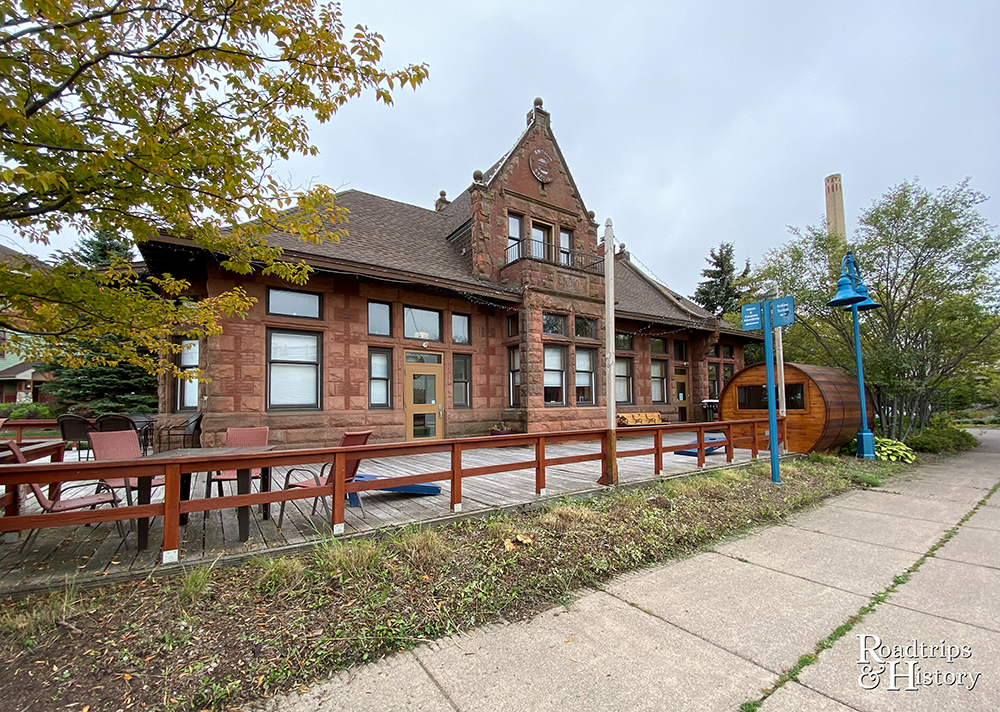
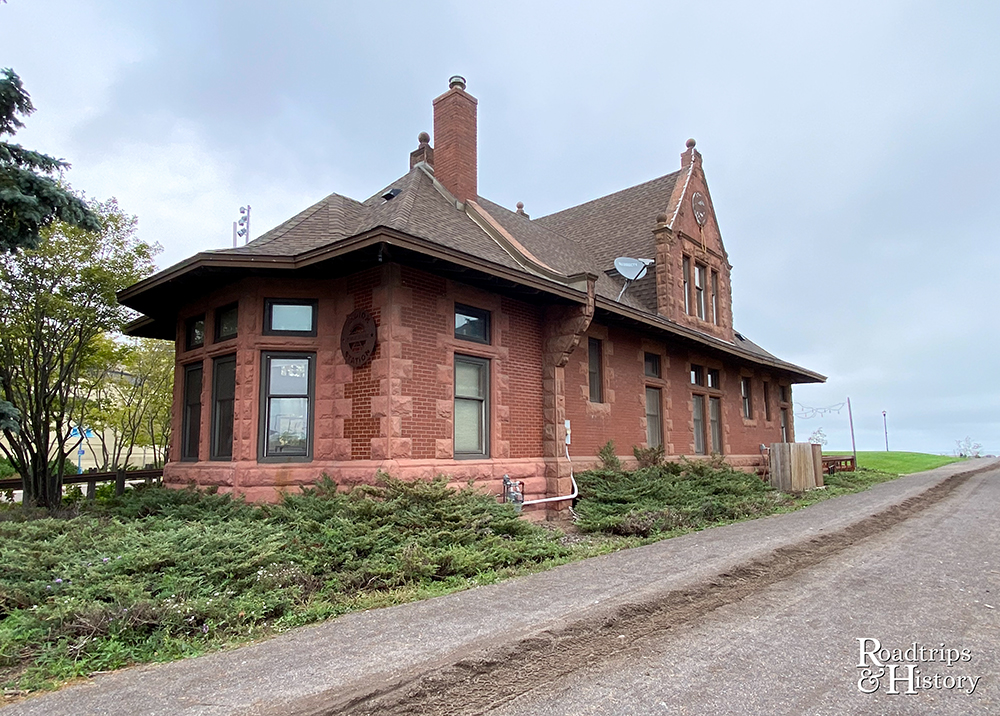
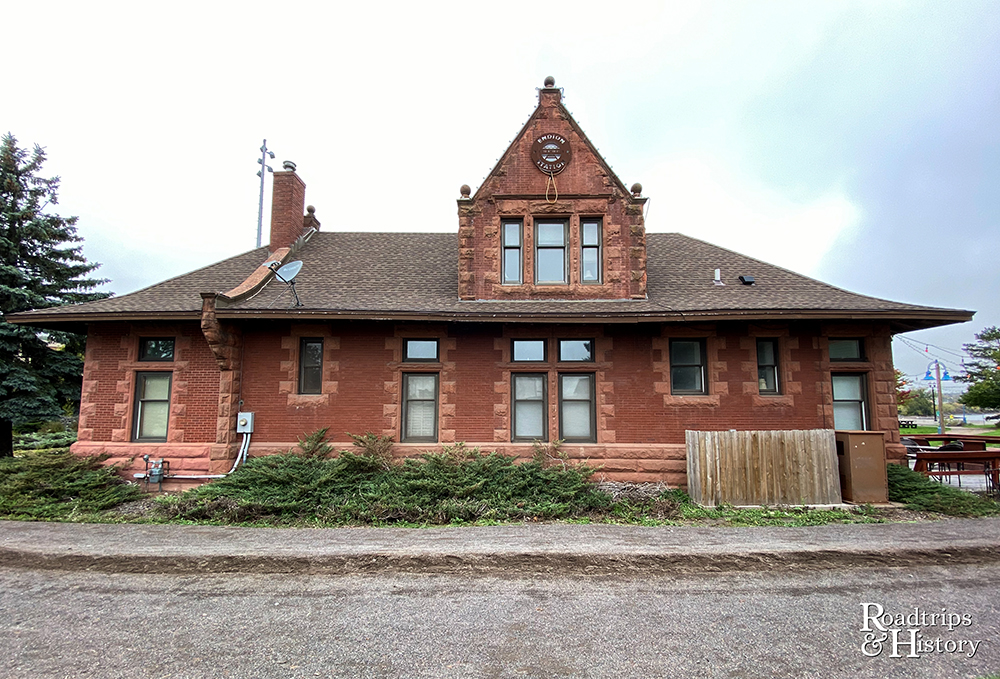
A New Purpose
Passenger service ended on July 15, 1961. Freight service continued until early 1978. After that, the depot sat vacant. Duluth architect Edward Schafer purchased the depot in 1980 and beautifully restored and repurposed the space into offices. Then, in 1985, the Minnesota Department of Transportation acquired the land and the depot building. The plan was to demolish the depot for the expansion of I-35.
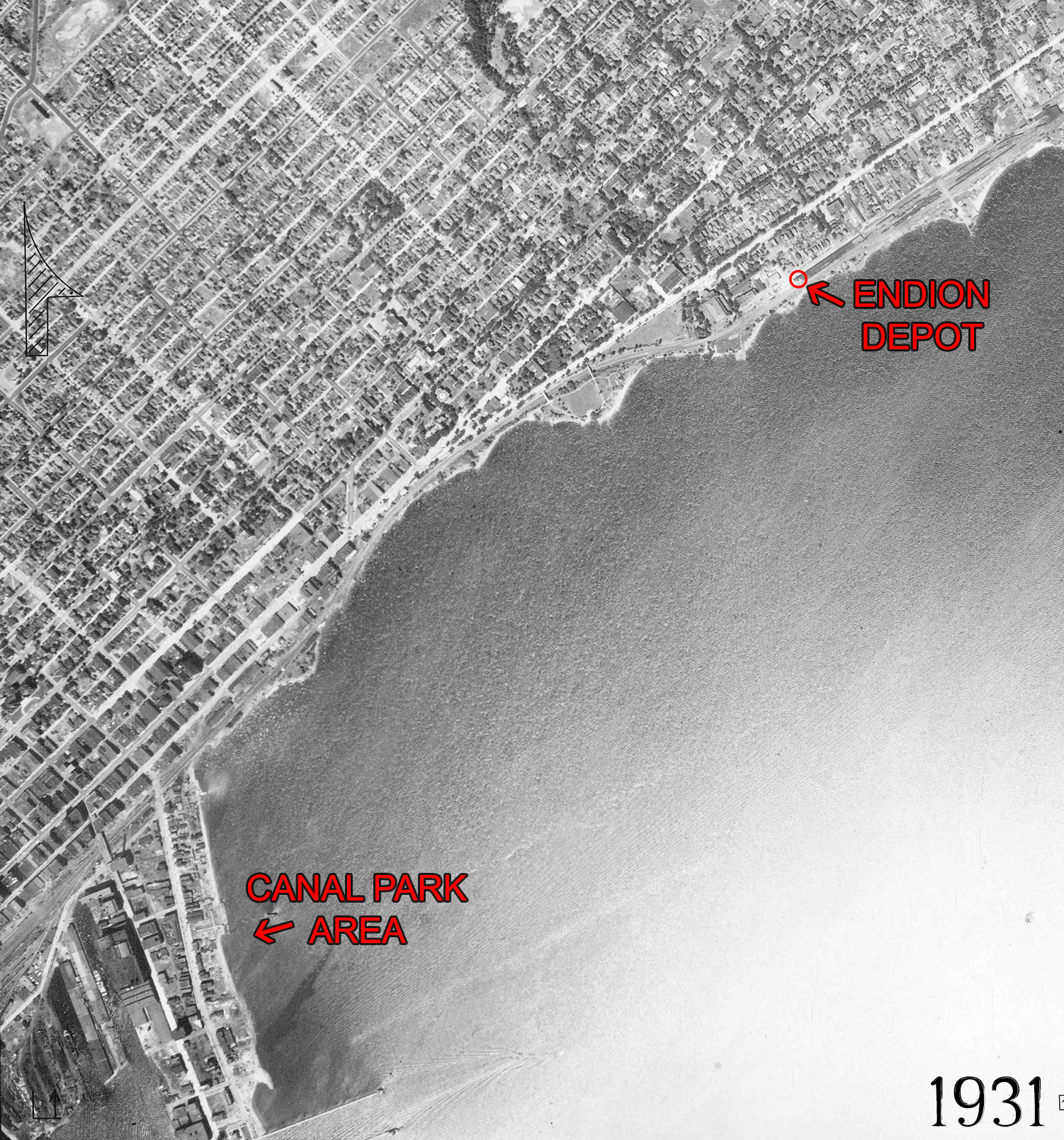
Thankfully, the city saved the building by moving it to Canal Park in 1986. It was used by the city for municipal programs until they sold it in 2012. The Endion Depot Public House operated in the building for around five years before closing in 2019. Today, you can spend the night at the old depot. The Endion Station Inn offers five cozy rooms to guests just steps away from the lakewalk.
Additional photos of the depot from the 1980s can be seen here.
